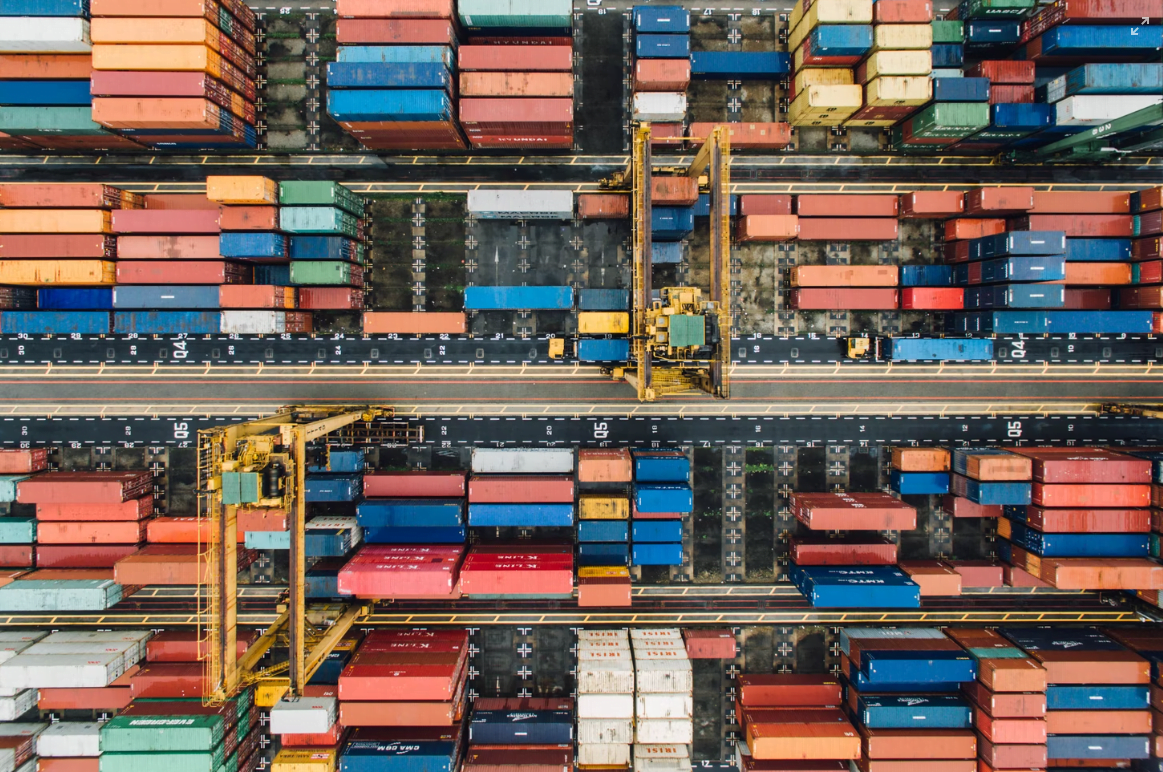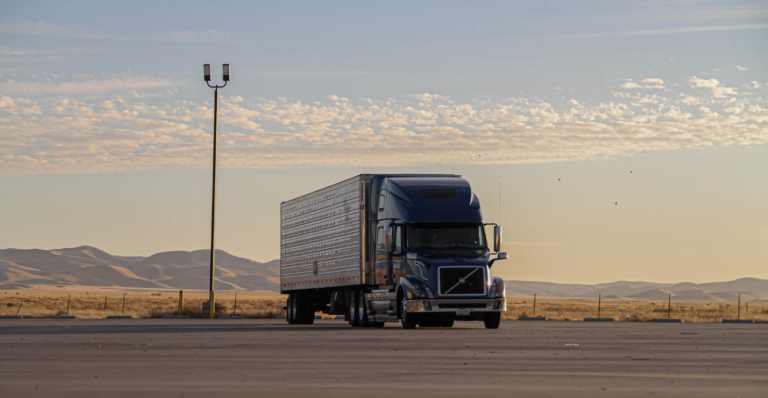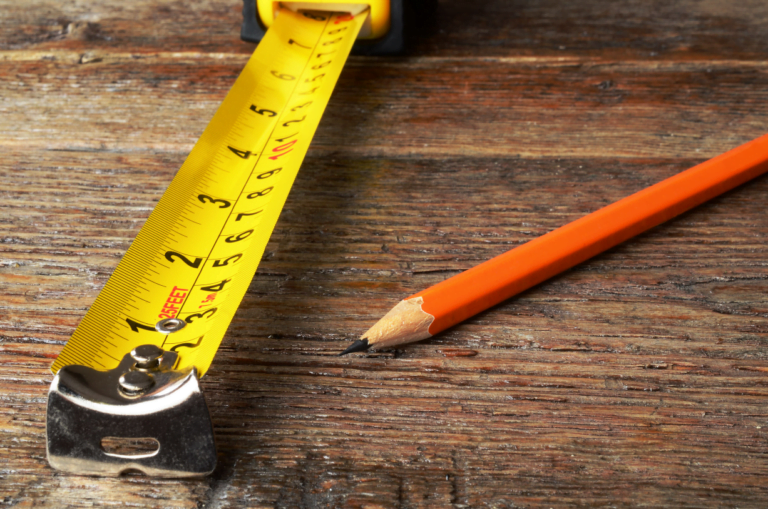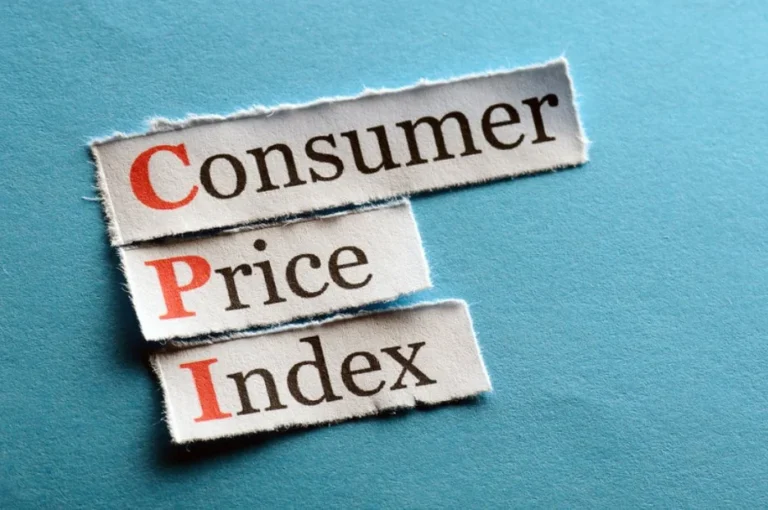Recently we wrote about manufacturing slow-downs in China caused by a fresh wave of lockdowns and workers being forced to stay at home. It’s not just production lines that are affected, but ports, which have seen shipping containers piling up as they wait to make their journey across the world.
China is now coming back ‘online’ but there will definitely be a backlog that will impact everyone from major brands to smaller suppliers as workers catch up on time missed.
Even before this additional lockdown in China, you have probably noticed the additional costs in bringing goods to Australia during the pandemic. There are a few reasons behind this and unfortunately, delays and price hikes are expected to continue, at least for the short term.
What’s causing shipping delays in 2022?
While we export bulk commodities, Australia mainly imports products that can be brought in in shipping containers. This includes machinery, pharmaceuticals, medical/technical equipment, computers, furniture, bedding, lighting and electronics. There is plenty of demand for these goods because we spent so much more money on shopping instead of travel and entertainment in 2020 and 2021. As a result of this, there has been huge demand on ports when it comes to offloading incoming cargo.
The issue is filling shipping containers with enough goods to make the return journey worthwhile. It’s not as though the entire world is falling over itself to get its hands on Australian-made furniture or electronics.
The result is a lot of empty containers piling up in Australia. This is causing even further backlogs where they are needed. Even though they are trying to absorb some of the costs, the shipping companies have little choice but to increase prices so return journeys with empty containers can be covered.
Visit Sydney’s Port Botany and you’ll see containers piled sky-high. As a recent news.com.au article explains, “At one point earlier in the year it was estimated 30,000 more containers had arrived in Sydney than had left. These thousands of containers simply piled up in container parks and transport depots waiting to be returned.”
As the pandemic eases, the shipping processes we remember as ‘normal’ will start to return, however, it will be slow going. It’s hoped that prices will go down but it has been a big wake up call for Australia to look at producing more locally, rather than relying on overseas providers. It’s another area we can expect to hear announcements from the Government about over the months to come.
What’s the solution?
For companies in China, it can actually be more cost-effective to build new shipping containers than to wait and pay for empty ones to come back. This will reduce the pressure on supplies, but doesn’t solve the problem of overflow. Pop up container yards and micro-homes are possible solutions to move empty containers and allow room for new ones to arrive.
If you rely on overseas imports, it’s likely that you will have to put up with delays or add to the cost of your products so you can cover heightened costs of bringing in goods. In the meantime, look to see what you can source locally. Some Australian manufacturers are experiencing a surge in demand due to the long delays on overseas products.
Don’t forget to make minimising your local freight costs a priority. Reach out to EFS today to discuss the most cost-effective solutions for your business.






